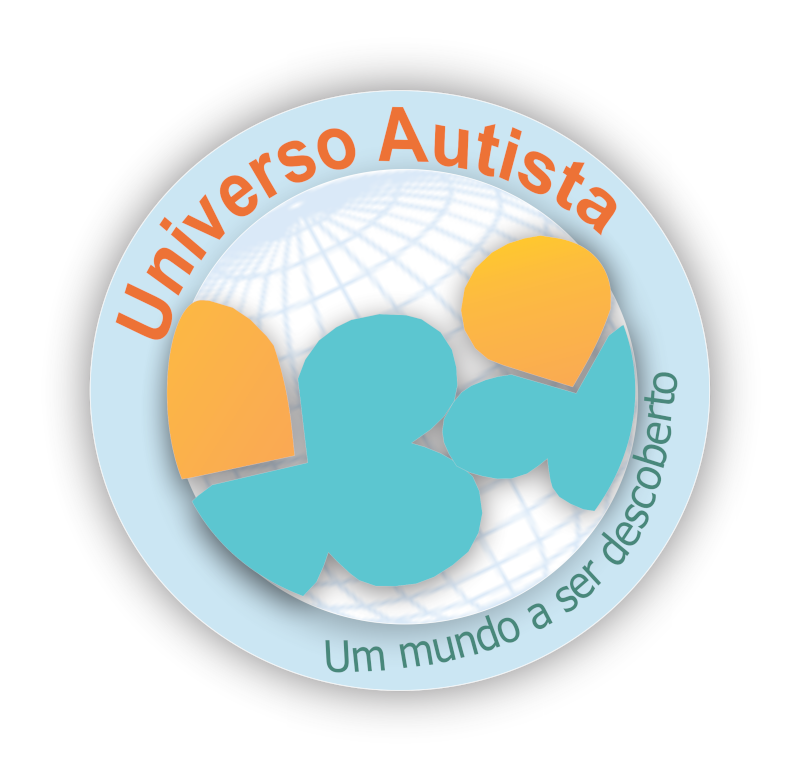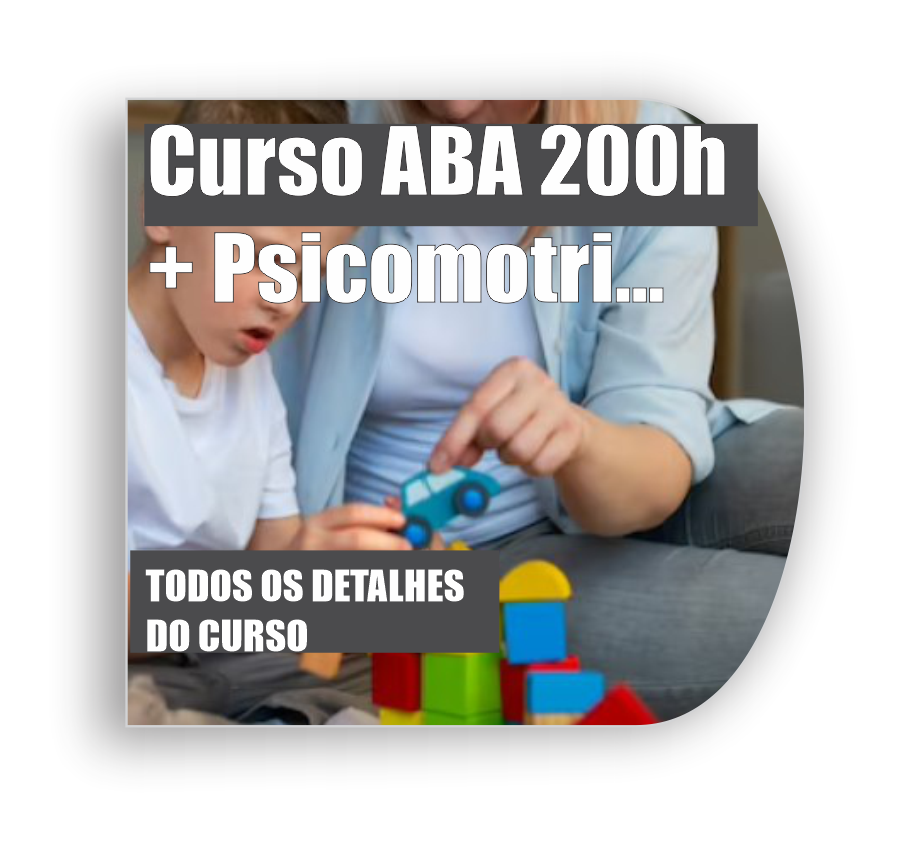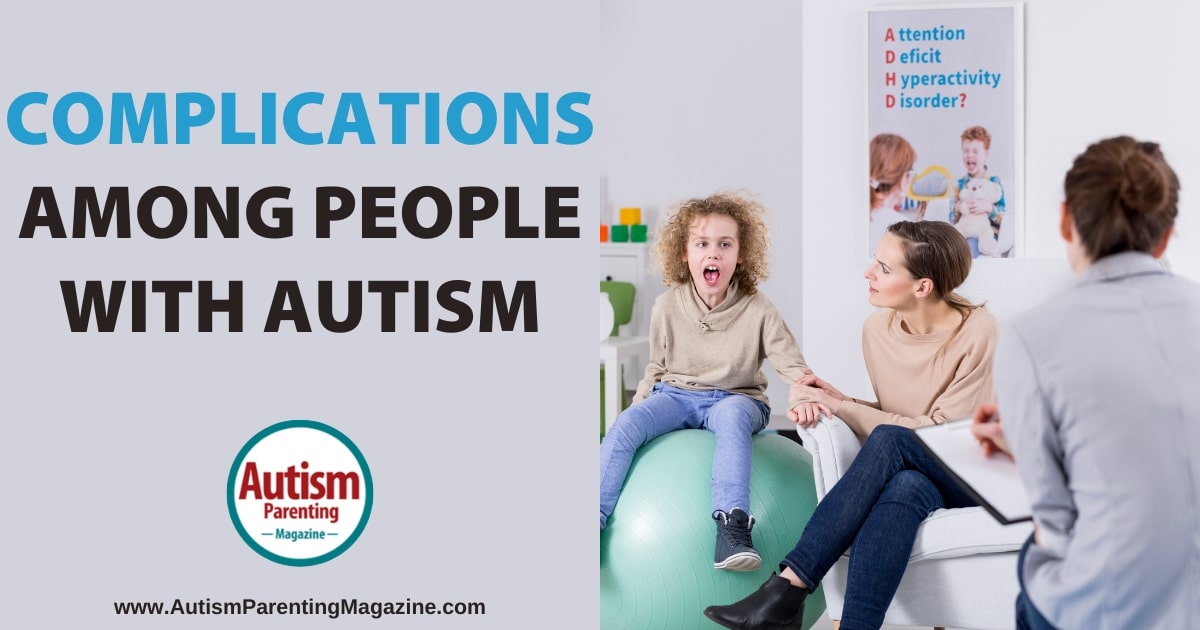
Last week my son was diagnosed with autism spectrum disorder (ASD). For a long time, my focus had been on getting that “golden ticket” so that he could access the accommodations he needs, and get help finally. As much as it was a relief to have, it was just the beginning.
ASD symptoms are not the only concern. Many individuals experience autism complications that arise from their symptoms, comorbid conditions, and lack of social skills. Today I want to discuss some of these complications and how we as parents can help prevent and manage them.
Autism spectrum disorder
Autism spectrum disorder is the term the current diagnostic and statistical manual (DSM-5) uses to describe what used to be four separate diagnoses. These diagnoses each came with their own set of symptoms and their names are still used by some in the autistic community. They are:
Each set of symptoms for each person with autism spectrum disorder is different, and may encompass factors from one or more of the previous diagnosis. This is why, to be most accurate in describing this complex disorder it was necessary to include them all under one term.
Common signs, according to the Center for Disease Control (CDC), the signs and symptoms include:
Social Communication and Interaction Skills
Social communication and interaction skills can be challenging for people with ASD.
Examples of social communication and social interaction characteristics related to ASD can include:
- Avoids or does not keep eye contact;
- Does not respond to name by 9 months of age;
- Does not show facial expressions like happy, sad, angry, and surprised by 9 months of age;
- Does not play simple interactive games like pat-a-cake by 12 months of age;
- Uses few or no gestures by 12 months of age (for example, does not wave goodbye);
- Does not share interests with others by 15 months of age (for example, shows you an object that they like);
- Does not point to show you something interesting by 18 months of age;
- Does not notice when others are hurt or upset by 24 months of age;
- Does not notice other children and join them in play by 36 months of age;
- Does not pretend to be something else, like a teacher or superhero, during play by 48 months of age;
- Does not sing, dance, or act for you by 60 months of age.
Restricted or Repetitive Behaviors or Interests
People with ASD have behaviors or interests that can seem unusual. These behaviors or interests set ASD apart from conditions defined by problems with social communication and interaction only.
Examples of restricted or repetitive behaviors and interests related to ASD can include:
- Lines up toys or other objects and gets upset when order is changed
- Repeats words or phrases over and over (called echolalia)
- Plays with toys the same way every time
- Is focused on parts of objects (for example, wheels)
- Gets upset by minor changes
- Has obsessive interests
- Must follow certain routines
- Flaps hands, rocks body, or spins self in circles
- Has unusual reactions to the way things sound, smell, taste, look, or feel
Other Characteristics
Most people with ASD have other related characteristics. These might include:
- Delayed language skills
- Delayed movement skills
- Delayed cognitive or learning skills
- Hyperactive, impulsive, and/or inattentive behavior
- Epilepsy or seizure disorder
- Unusual eating and sleeping habits
- Gastrointestinal issues (for example, constipation)
- Unusual mood or emotional reactions
- Anxiety, stress, or excessive worry
- Lack of fear or more fear than expected
It is important to note that children with ASD may not have all or any of the behaviors listed as examples here. Having a broad understanding of what autism spectrum disorder is can help parents prepare for what their children with ASD may struggle with. The complications that often go hand with ASD symptoms also need to be understood.

Click here to find out more
Complications and comorbidities
The complications of autism spectrum disorder can affect, not only the autistic individual themselves, but others in their family. They can alter the course of life from relationships, job opportunities, school progress, and social interactions.
Medical conditions
Autism spectrum disorder can come with many health problems. Some medical, mental, and other physical problems exist. Let’s go over a few of those now.
- gastrointestinal disorders
- sleep disorders
- food allergies
- sensory input problems
- chronic pain
- hearing loss
- developmental delays
- low birth weight
- other disorders
- tuberous sclerosis
- obesity
- diabetes
- epilepsy
- learning disorders
These are just to name a few. Each one could also come with further complications.
For example, gastrointestinal disorders can cause abdominal pain and other problems that can affect children with asd’s ability to participate in events they would normally love. Food allergies or sensitivities can lead to a limited diet, further complicating the child’s life.
Sleep disorders can severely disrupt sleep causing focus issues, low energy, and sleeping habits that are detrimental to the child’s ability to thrive in school and home. This can lead to mental and emotional problems.
Mental health disorders
In a study called, Depression and Anxiety Symptoms in Children and Adolescents with Autism Spectrum Disorders without Intellectual Disability, we learn, “Children with autism spectrum disorders (ASDs) have weaknesses in social reciprocity, communication, and repetitive behaviors (American Psychiatric Association, 2000). Psychiatric comorbidities are prevalent, with secondary psychopathology occurring in as many as 72% of children with ASDs (Leyfer et al., 2006). Depression and anxiety are among the most common ASD comorbidities (e.g., Siminoff et al., 2008), and have been shown to relate to significantly poorer life functioning (Mattila et al., 2010). Emotional comorbidities may also increase the core symptoms of ASDs (Matson & Nebel-Schwalm, 2006; Perry, Martson, Hinder, Munden & Roy., 2001).”
Research suggests a link between autism, intelligence rates and depression and anxiety. In the above study the idea was explored that the relationships between age, intelligence, and social interactions plays a key role in depression and the amount of anxiety a person may have due to symptoms of ASD.
It was found that people with ASD were at a much greater risk of having depression and anxiety than the general population. A person’s age, intelligence, and social skills were factors.
However, these factors did not seem to shift the scales in either direction. The conclusions were,”…the current study provides several important findings from a well-characterized group of 95 children and adolescents with ASDs and IQs ≥ 70. This study extends previous studies, as our sample contained the full school-age range of ASD children and adolescents with IQs ≥ 70. High rates of both depression and anxiety symptoms replicate previous findings.
“A lack of relationship between age and parent reported emotional problems calls into question the suggestion that younger children with ASDs have fewer emotional difficulties. Similarly, a lack of observed relationship between IQ or level of autism symptoms and emotional problems suggests that all ASD children without intellectual disability are at risk for emotional difficulties. The findings of this paper indicate that it is important to screen all higher functioning children and adolescents with ASD for symptoms of anxiety and depression, regardless of age or intelligence level.”
Neurological disorders
Neurological disorders such as Rett syndrome can also co-occur spontaneously with autism spectrum disorder.
ADHD
Comorbid conditions are one of the complications people with autism spectrum disorder may have to deal with. Attention deficit hyperactivity disorder (ADHD) is one of the most common comorbid conditions diagnosed in patients with autism spectrum disorder.
It can be a significant factor in the wellbeing of a person with autism. It has some of the same symptoms, which can make symptoms autism brings more intense. It also makes living with autism much more complicated and can make behaviors worse.
Fragile X syndrome (FXS)
FXS is a condition that causes low intelligence. Signs and symptoms include:
- delayed development
- anxiety
- seizures
- distinct facial features
- hyperactivity
Added to autism spectrum disorder, this syndrome can add complications to what someone with autism spectrum disorder may be dealing with. In one study called Autism Spectrum Disorder in Fragile X Syndrome: Co Occurring Conditions and Current Treatment we learn:
“Greater frequency of seizures and certain behavioral co-occurring conditions, such as aggressive/ disruptive behavior, in those with FXS+ASD have considerable impact on the management of the affected population. Underuse of behavioral services, including ABA, social training, tutoring, and vocational training, in individuals with FXS+ASD is of some concern considering the core nature of ASD and its associated cognitive and learning challenges.”
Like many other disorders and conditions that can complicate an ASD diagnosis, FXS can intensify and worsen the symptoms of ASD and the combination of the two together can bring further complications.
Social complications
In a study titled, Social Skills Deficits in Autism Spectrum Disorder: Potential Biological Origins and Progress in Developing Therapeutic Agents we learn, “Social behavior involves a wide range of cognitive processes, including perception, attention, memory, motivation, and emotion [103]. The medial prefrontal cortex, temporoparietal junction, and posterior temporal sulcus are developmentally involved in the theory of mind skills while limbic structures including the amygdala, insula, and ventral striatum are intimately involved in emotional perception, expression, and regulation [104]. Structural and functional connectivity studies have found differences between TD individuals and individuals with ASD in these areas involved in social cognition [105]. Multiple studies have demonstrated changes in resting-state activity associated with ASD but heterogeneous methodology has prevented solid conclusions in this area of imaging research [106].”
Many children with ASD are described as being in his or her own world. Restricted interests, repetitive behaviors, intellectual ability, and developmental disabilities can all complicate a child’s social difficulties. A lack of meaningful relationships with other children can lead to mental health complications and reduce quality of life.
With the risk of anxiety, depression, social misunderstandings, and rigid thinking a person with ASD may struggle with behaviors stemming from their symptoms. These behaviors can include actions that may be considered violent and intense.
Complication prevention tips
Early treatment and intervention is key when dealing with autism spectrum disorder. With the right support children with ASD and complications can be helped a great deal. Many health care providers take some time to access, casting your net wide and being persistent can ensure your child receives as much help as possible–as soon as possible.
Education
Teaching children with ASD can come with challenges. Like any other time of life the years of schooling can present its own complications. Learning disabilities, behavioral problems, and social issues can have long lasting effects.
Advocating for your children diagnosed with ASD and other disorders or conditions is key. Accommodations at school go a long way to prevent future problems as well as make the present time less difficult. An IEP will be the legal document that states the rights of your child, and will be the blueprint for how teachers and staff deal with your child’s behavior, educational needs, and accommodations.
Medical treatment
Medical treatment of symptoms, complications, and comorbid conditions include a wide variety of options such as:
- medications
- alternative medications
- physical therapy
- alternative therapies
- diet changes
- hearing devices
- communication devices
The list goes on and just depends on the condition needing treatment.
Mental disorders
Mental disorders can be extremely serious. Psychotherapy can make a significant difference in someone’s life if they are dealing with depression and anxiety. It can also help a person feel seen and heard, and learn healthy coping mechanisms for their specific needs.
Antidepressants and anti-anxiety medications can also help. It is important to discuss all medications with health care providers to make sure they are the best course of action for your children with asd.
Social interaction
Learning social and communication skills can improve social interaction. Language skills can be built as well. Here are some health care providers who can assist with social skills, language development, and behaviors:
- behavioral therapies
- occupational therapists
- speech language pathologists
These providers can help your child learn about facial expressions, reading body language skills, speaking more clearly, communicating with others more effectively, staying safe in social situations, and much more.
Summing up
As autism advocate Dr. Stephen Shore said, “If you’ve met one person with autism, you’ve met one person with autism.” Just because your child is diagnosed with autism spectrum disorder, doesn’t doom them to a life of complications, or doom them at all. Knowing the possibilities, and how to prevent and manage them is important.
Having autism spectrum disorder does present increased risk factors for certain complications. Being as prepared as we can and having general knowledge of what our children with ASD may face, enables us to act quickly when complications arise, and allows us to best support our kids.
References
Strang, J. F., Kenworthy, L., Daniolos, P., Case, L., Wills, M. C., Martin, A., & Wallace, G. L. (2012). Depression and Anxiety Symptoms in Children and Adolescents with Autism Spectrum Disorders without Intellectual Disability. Research in autism spectrum disorders, 6(1), 406–412. https://doi.org/10.1016/j.rasd.2011.06.015
Kaufmann, W. E., Kidd, S. A., Andrews, H. F., Budimirovic, D. B., Esler, A., Haas-Givler, B., Stackhouse, T., Riley, C., Peacock, G., Sherman, S. L., Brown, W. T., & Berry-Kravis, E. (2017). Autism Spectrum Disorder in Fragile X Syndrome: Cooccurring Conditions and Current Treatment. Pediatrics, 139(Suppl 3), S194–S206. https://doi.org/10.1542/peds.2016-1159F
Frye R. E. (2018). Social Skills Deficits in Autism Spectrum Disorder: Potential Biological Origins and Progress in Developing Therapeutic Agents. CNS drugs, 32(8), 713–734. https://doi.org/10.1007/s40263-018-0556-y
[ad_2]
Autismo news




